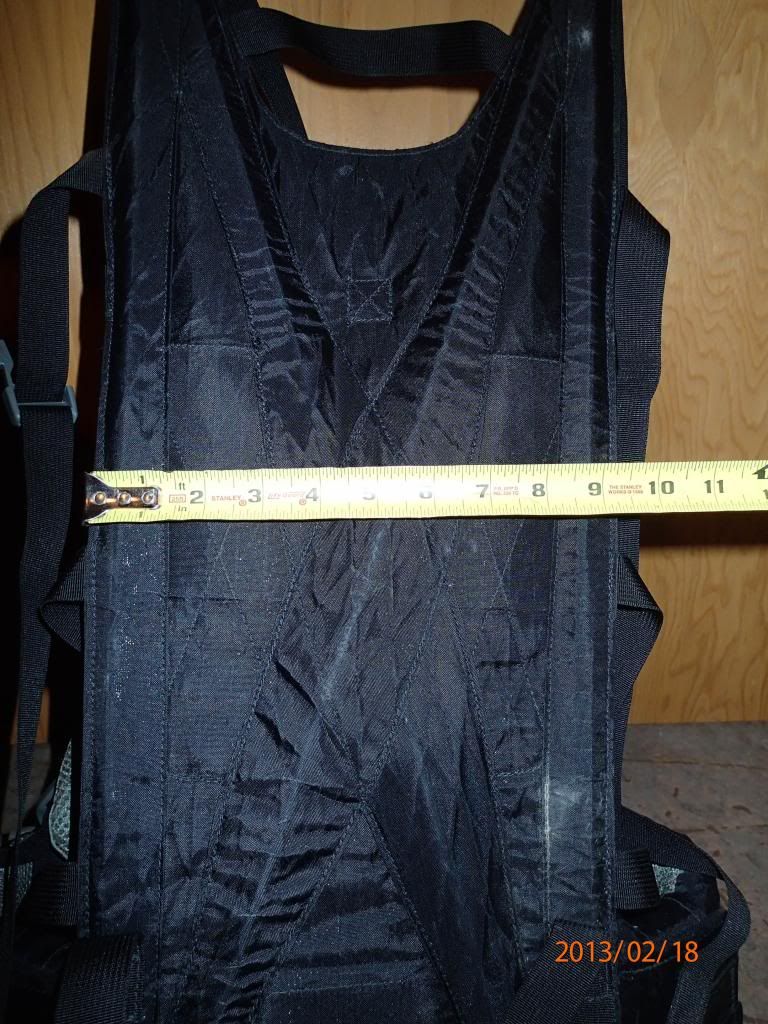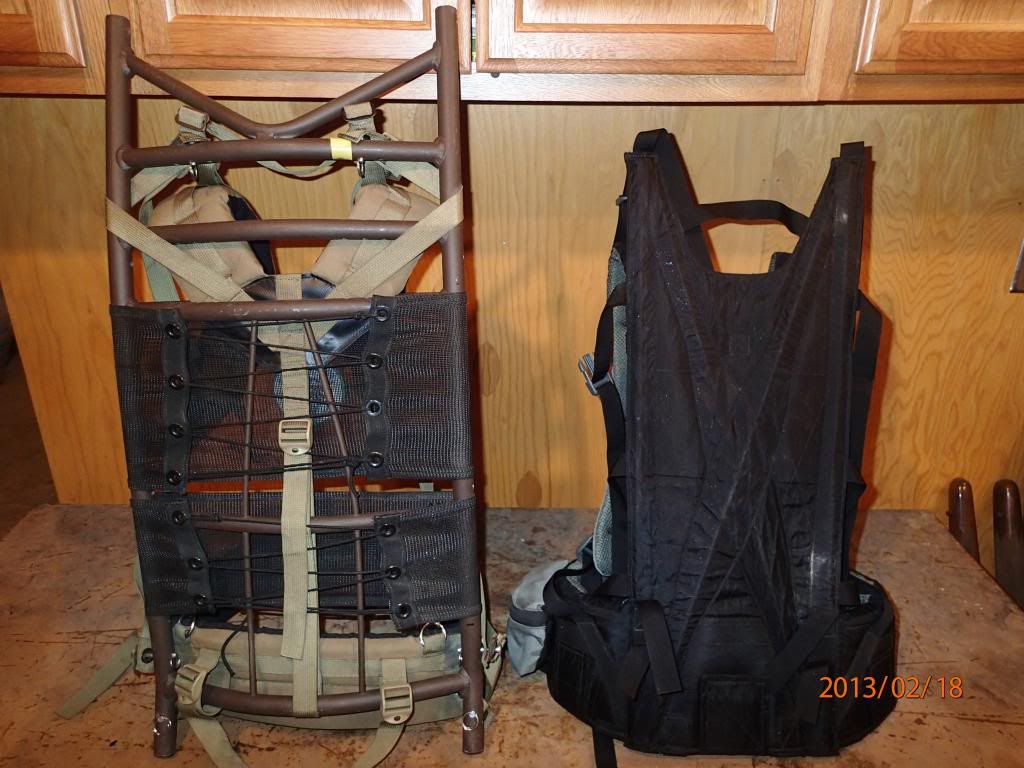bcimport
WKR
Dave, thanks for the nice write up. I've followed your blog for a couple years and really enjoy what appears to be zero brand bias commentary. You give your opinion which can be substantiated by a lot of multiple use outdoor activities. Keep it up, I hope to see you get to put your talents to work somewhere or somehow soon so the rest of us can benefit.


